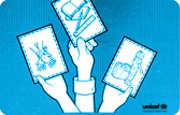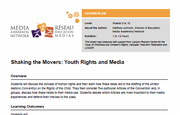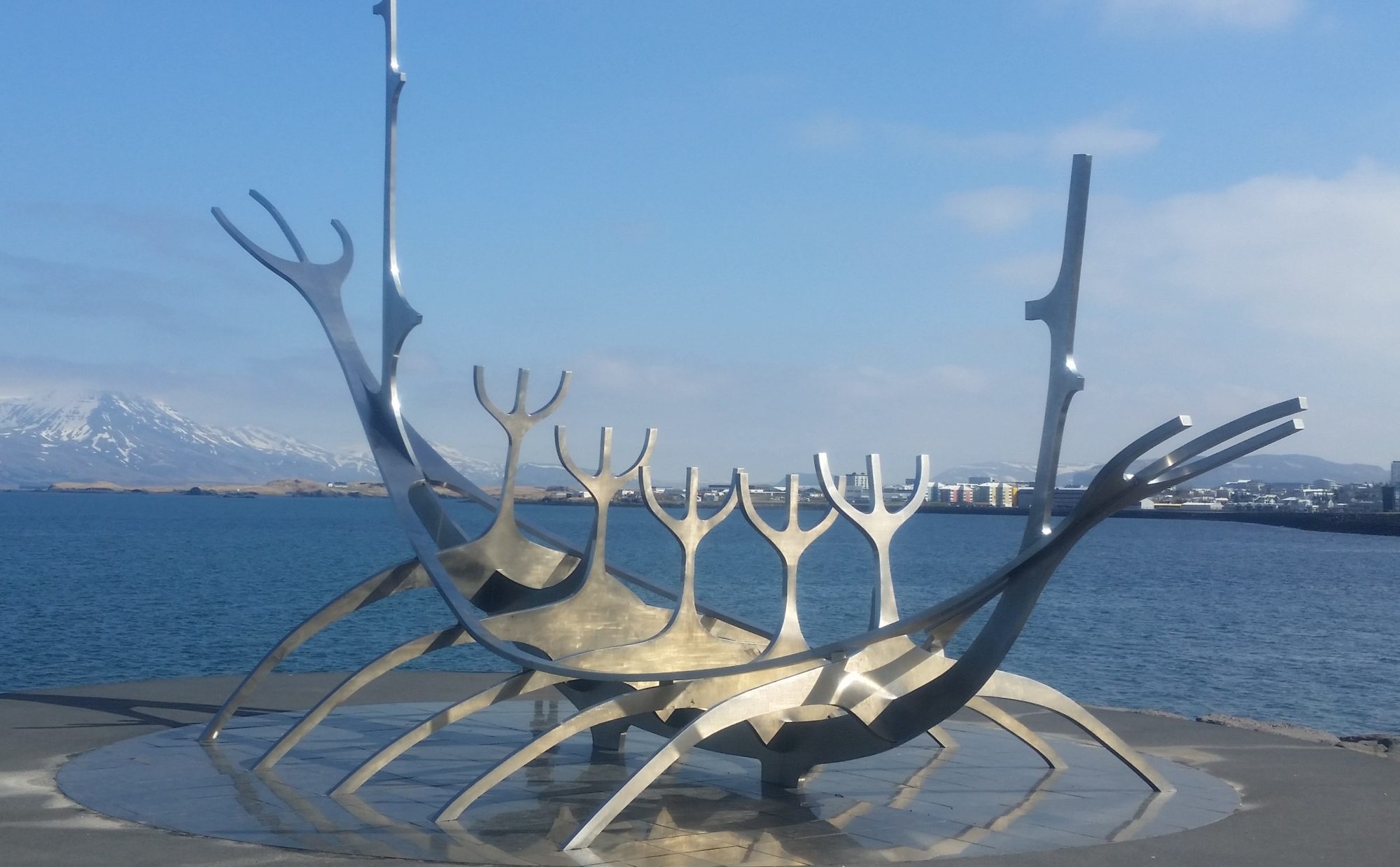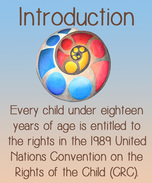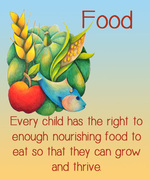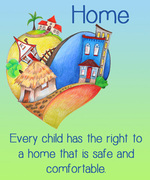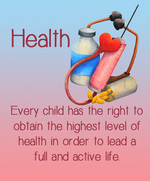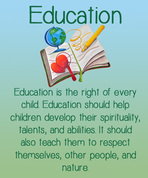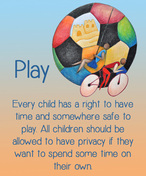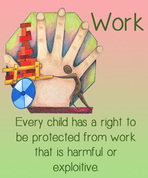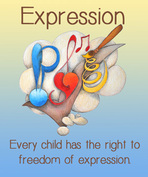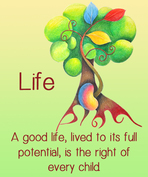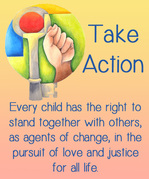Back to: Child Rights
Here are a series of links to organizations and resources they’ve created as child rights information for older children, particularly those in middle and high school. Some of this material is also suitable for older students in college.
Here are some of the curricula created for secondary aged students made by different organizations. Please review them to see if they would be of use to you. Some are very detailed with reports and lots of curriculum activities while some of these links contain only one activity or focus.
Advocates for Human Rights
List of HRE lesson plans http://www.theadvocatesforhumanrights.org/curricula_links
Many HRE lessons for students grades 9-12 http://www.theadvocatesforhumanrights.org/9-12.html
Amnesty International
Posters and Overview Materials on UDHR Articles – The Teacher’s Guide provides a model for the inclusion of human rights education in the existing curricula of a wide range of school subjects. The intention is to demonstrate how, in an Economics class for example, the right to work (Article 23 of the UDHR) may be considered in a discussion of labor unions; in an English literature class the right to marry (Article 16) may be looked at during a discussion of Romeo and Juliet. The aim is not to burden busy teachers with additional content but to help them integrate a compelling and important human rights frame of reference into their respective subject areas. In this download you will find many of the Human Rights Articles over-viewed with posters and teaching materials. These links are worthwhile to look through, as there are many different materials throughout them. UDHRPosterSeriesAndTeachersGuidePt1 UDHRPosterSeriesAndTeachersGuidePt2
Other materials include:
The American Dream assignment – american_dream
Born Into Brothels – bornintobrothelscurriculum
Blood Diamonds – bd_curriculumguide_0
Catch a Fire – catchafirecurriculum
The conflict in Dafur and eastern Chad – final_curriculum_draft Chad
The death penalty as a form of torture – the_death_penalty_as_a_form_of_torture
Sports and discrimination – freedom_from_discrimination_-_sports_history
Rwanda – rwanda_brochuredivided_0
Duty to protect child soldiers – dtplessonguide
System failure to protect youth in custody – systemfailurelessonguide
Challenges facing indigenous communities in Ecuador and Peru – amazonwatchlessonguide
Women in Afghanistan – rawalessonguide
Education access of Romani children in Bulgaria – equalaccesslessonguide
War on terror and torture – outlawedlessonguide
Children becoming soldiers – innocents_lost_curriculum
The Kite Runner and HRE – kiterunnerhigh_0
Racial discrimination and the death penalty – racial_discrimination_and_the_death_penalty
Poverty and HRE – big curriculum materials – Poverty and HRE act350212011en
Housing and HRE – housing and HREact350052012en
Sexual and reproductive rights – Sexual rights ACT3000102015ENGLISH
The Right Start – a 116 page guide on helping children to develop skills of empathy, communication, cooperation, respect and responsibility and conflict resolution – http://developmenteducation.ie/resource/the-right-start-introducing-human-rights-education-within-the-primary-curriculum/
Service learning and human rights – HumanRightsAndServiceLearningPt1
Environment and human rights – Environment HumanRightsAndServiceLearningPt2
Discrimination of Refugees – Discrimination of Refugees HumanRightsAndServiceLearningPt3(1)
Human Rights of people around the world – HumanRights of people around the world
AntiDefamation League –
Here is their 34 page unit on HRE and cyber bullying prevention – Cyberbullying and Online Cruelty: Challenging Social Norms cyberbullying
Child Reach International
Here is information on the My School – My Voice project that is in many schools, especially in the UK – https://www.childreach.org.uk/projects/my-school-my-voice-uk?gclid=CjwKEAiA7MWyBRDpi5TFqqmm6hMSJAD6GLeAZoI6y0yBrVqxg8iIZG6ElvaVAYhsFqk_JhLoWSh2gBoCJWHw_wcB
Children’s Rights Education
Children’s Rights Education Curriculum – Provides 15 units on different UNCRC rights
http://childrensrightseducation.com/curriculum.html
These include the following units:
Provision Rights – Survival
Provision Rights – Development
Protection Rights
Participation Rights
Civics and Citizenship Education
Human Rights – Children’s Rights
This website has a variety of different activities from those who are young to those who are older. The links to the different activities are on the left of this webpage and there are many, so check them out!
http://www.civicsandcitizenship.edu.au/cce/human_rights_childrens_rights_up,9458.html
Gay, Lesbian, and Straight Education Network (GLSEN)
Ready, Set Respect Curriculum – This is a 68 page tool kit to help children learn how to respect each other. GLSEN Ready Set Respect
No Name Calling Week – activities to prevent a variety of types of bullying
http://glsen.org/nonamecallingweek/elementary
These activity resources include:
Blow the Whistle on Name-Calling
Building a Bully-Free Building
Human Rights Campaign
All Children, All Families – emphasis on HRE and LGBTQ+ families
http://www.hrc.org/resources/all-children-all-families-training-curriculum
Open Education Resources
Global Nomads Project, a semester HRE in our community project . It is a very extensive program -you will find the overview link here: https://www.oercommons.org/authoring/5400-global-nomads-group-child-rights-curriculum-semest/view
You can access the Teacher’s manual here: Rights of the Child Educator Handbook
The Student’s manual is here: Rights of the Child Student Workbook
PBS
PBS has provided a handout with activities that promote racial and cultural awareness in the classroom – Activities that Promote Racial and Cultural Awareness
Rights Site News
Everyone Has the Right to be Safe at School is a 12 page guide that is full of activities that will make learning about child and human rights interesting to students, and help to reduce Bullying – rights_sites_bullying_2
Rock Your World http://www.rock-your-world.org/
This website offers a choice of more than 70 creative, standards-aligned and field-tested lessons, ready for download. Teachers can easily select those that best fit their students’ interests and needs. You can access their 5 step social action program here http://www.rock-your-world.org/who-we-are
UNICEF
UNICEF is the premier child rights organization in the world, and they have constructed a variety of different HRE and child rights information. You will find their listings throughout Training4Excellence.com. Here are some of the educational resources they have developed for secondary level students.
Please view PDF files before printing. You may wish to copy and print certain lesson plans rather than the entire files, since some files exceed 50 pages.
Children’s Rights Count
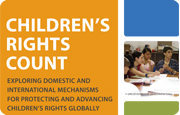
Parenting the Rights Way
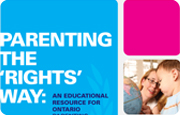
It’s About Ability
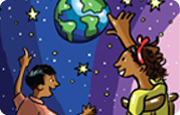
When Disaster Strikes Secondary Guide
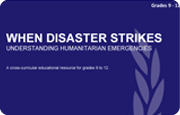
Child Friendly Cities
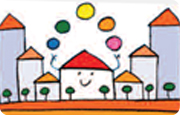
Teaching Children’s Rights through Art
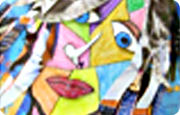
Our Stories Our Songs Teacher’s Guide
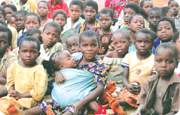
The Children: The Missing Face of AIDS
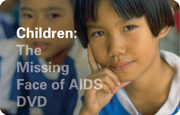
Education for Development
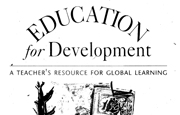
Shaking the Movers:Youth Rights and MediaIt’s Only Right
